Product Description
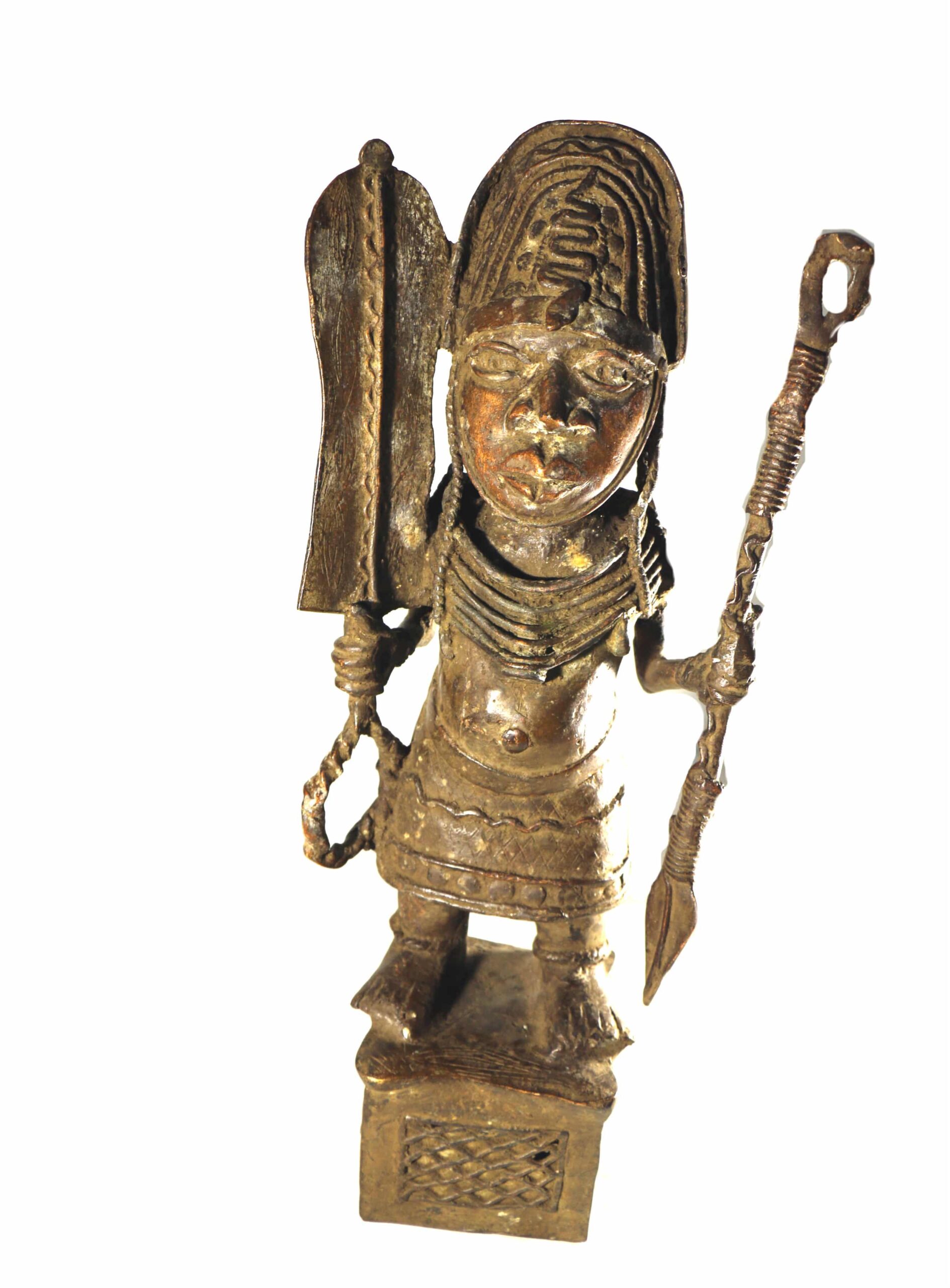

Ife Musician Figure Yoruba – Benin
This authentic, well preserved Bronze of the Benin Kingdom is usually seen as a court official whose job it was to herald the arrival of the Oba’s royal entourage with the blow of his horn during public processions. The hornblower wears luxurious clothing and is therefore more likely dressed for a specific festival or celebration than for a war.
Made of 100% Bronze
Age Mid 15th Century
Model is W 60 – H 13 and weight 7.5 kg.
Description
This authentic, well preserved Bronze of the Benin Kingdom in what is now Nigeria exhibits a virtuosity and sophistication of style that has astonished the Western world since they were visited in the 15th century. The figure wears an ornate wrap-around skirt and a poncho that leaves the sides of his torso exposed. In the literature, this figure is usually seen as a court official whose job it was to herald the arrival of the Oba’s royal entourage with the blow of his horn during public processions. Because the figure is often depicted on plaques alongside warriors, it can also be assumed that he had certain military obligations and other musicians may have accompanied military campaigns. And yet here, the hornblower wears luxurious clothing and is therefore more likely dressed for a specific festival or celebration than for a war.
The figure and pose are classic from the high period of Benin art in the 15th century. Their work was brought to Europe following a punitive expedition by the British in 1897, causing a great sensation. The people of Benin, called Bini, are descendant from the Ife, also known for their remarkable Bronze. The story of the famous metal castings from the ancient Kingdom of Benin and the city of Ife, produced to honor their king or “Oba,” is both fascinating and sad. The exquisite Benin lost-wax castings are a fine example of one of the most famous metalworking traditions in world history. One can only imagine the true splendor of the old court of Benin.
Much of the art of the Yoruba, including staffs, court dress, and beadwork for crowns, is associated with the royal courts. Yoruban blacksmiths create sculpture from iron, through hand-beating, welding, and casting, with Ogun being honored as the god of iron. Metalworkers also create brass sculptures by lost-wax casting. Brass is seen as being incorruptible by the Ogboni Society. Beautiful sculpture abounds in wood and brass and the occasional terracotta. The custom of art and artists among the Yoruba is deeply rooted in the Ifá literary corpus, indicating the orishas Ogun, Obatala, Oshun and Obalufon as central to creation mythology including artistry (i.e. the art of humanity).
Yoruba people, also known as Àwon omo Yorùbá, literally: Children of Yoruba are an ethnic group of Southwestern and North Central Nigeria as well as Southern and Central Benin, together known as Yorubaland. The Yoruba constitute over 40 million people in total. The majority of this population is from Nigeria and make up 21% of its population, making them one of the largest ethnic groups in Africa
Additional information
| Weight | 7.5 kg |
|---|---|
| Dimensions | 60 × 13 cm |
| Material | Bronze, Wood, Ceramic, Terracotta, Woven rattan, Leather |
Leave a reply Cancel reply
Returns and Exchanges
There are a few important things to keep in mind when returning a product you purchased.You can return unwanted items by post within 7 working days of receipt of your goods.
- You have 14 calendar days to return an item from the date you received it.
- Only items that have been purchased directly from Us.
- Please ensure that the item you are returning is repackaged with all elements.
Ship your item back to Us
Firstly Print and return this Returns Form to:
30 South Park Avenue, San Francisco, CA 94108, USA
Please remember to ensure that the item you are returning is repackaged with all elements.
For more information, view our full Returns and Exchanges information.



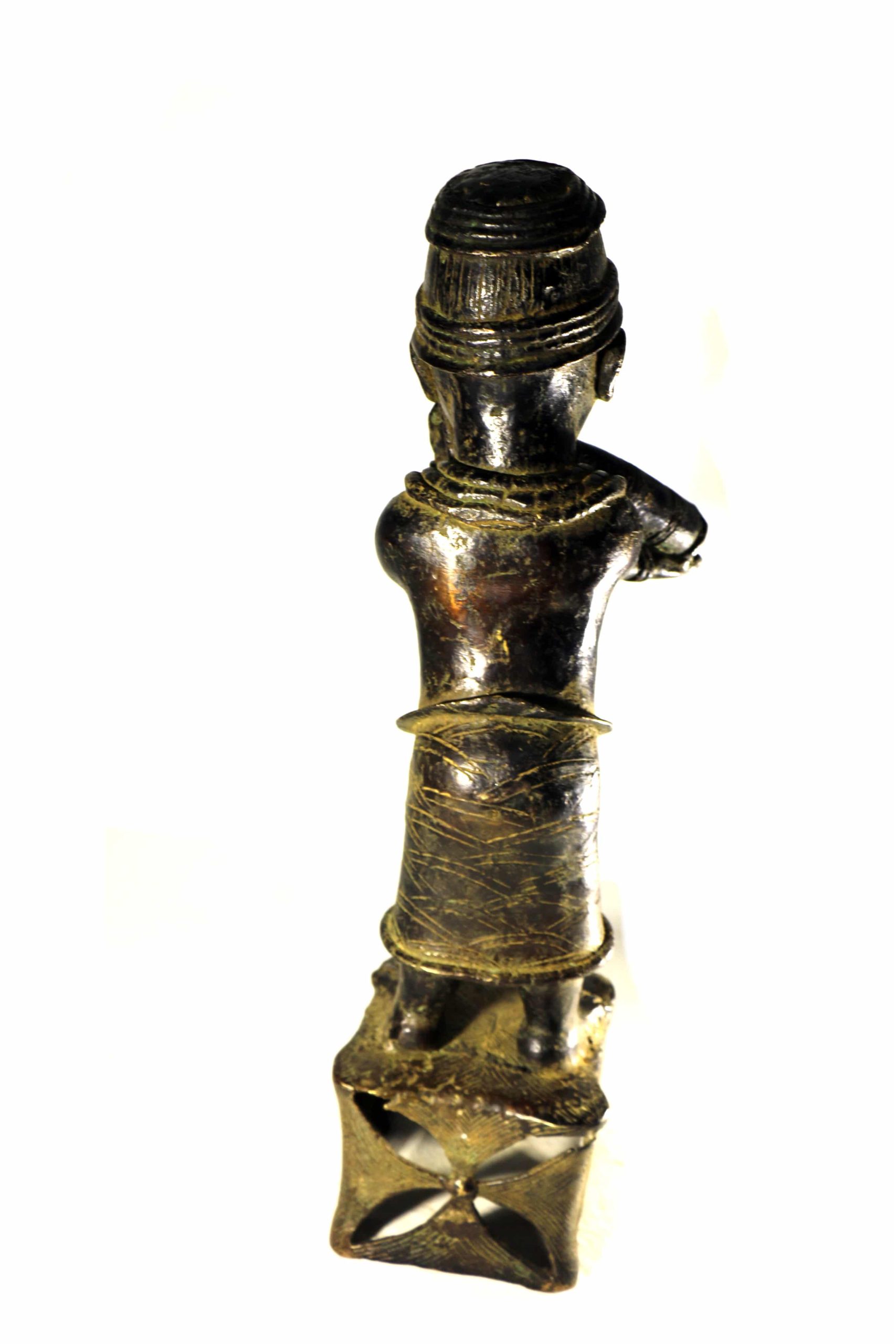

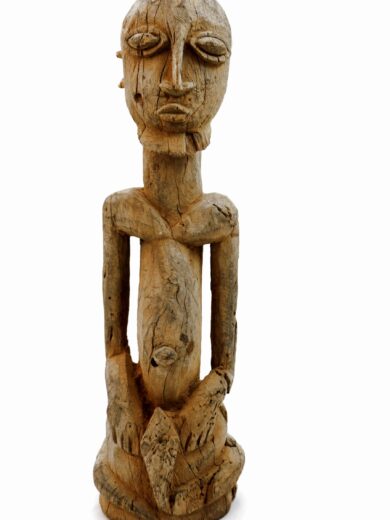

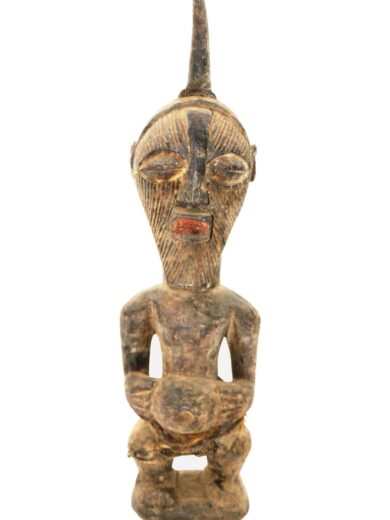

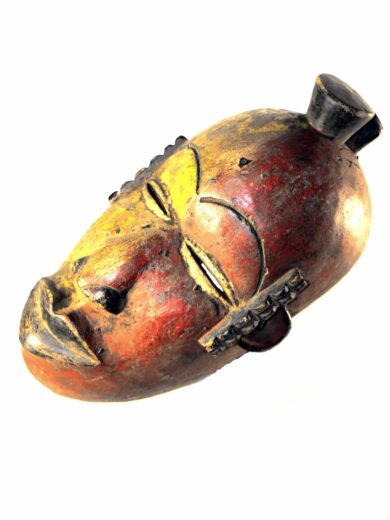
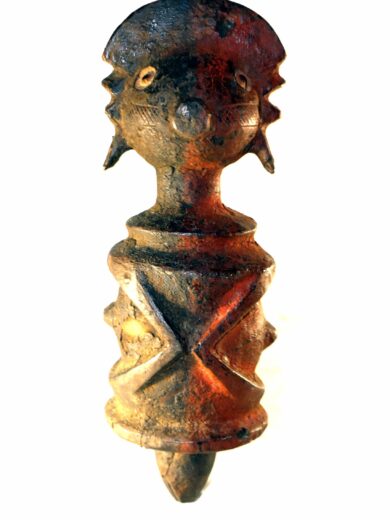

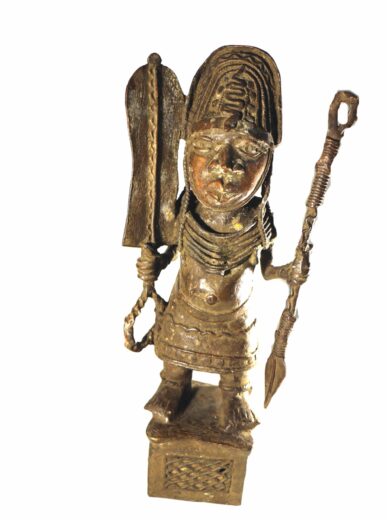
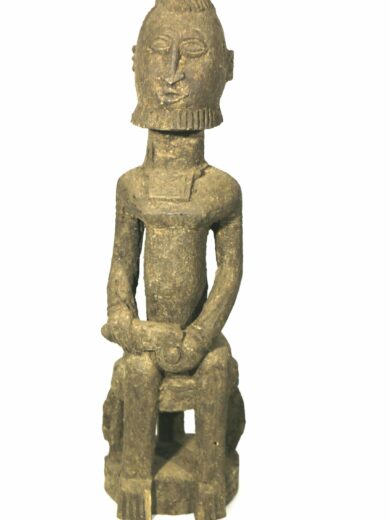
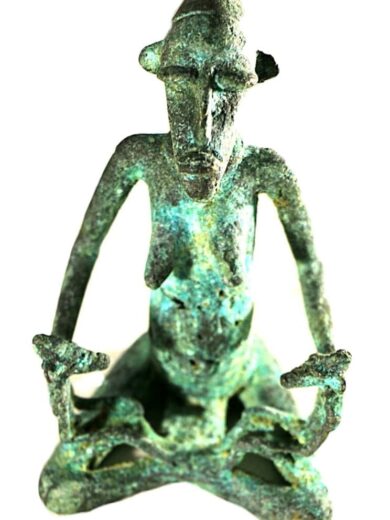
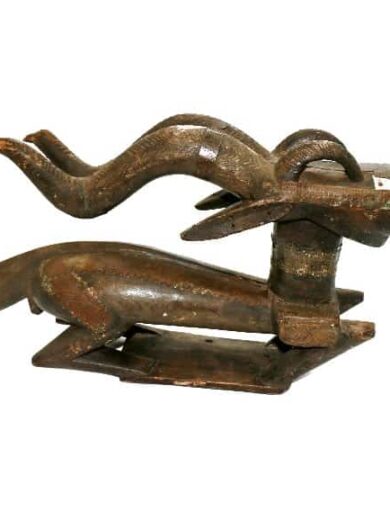
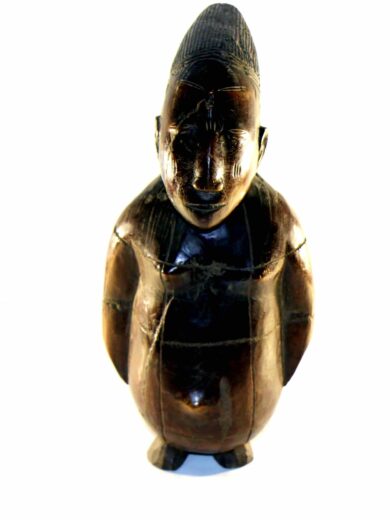
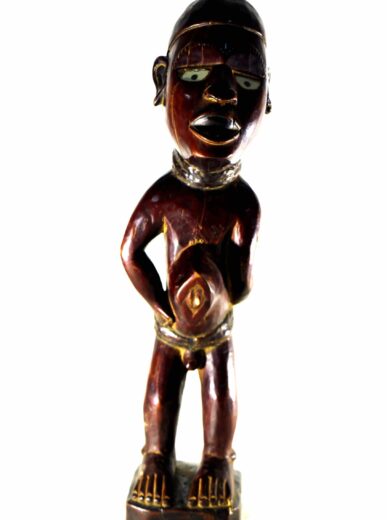

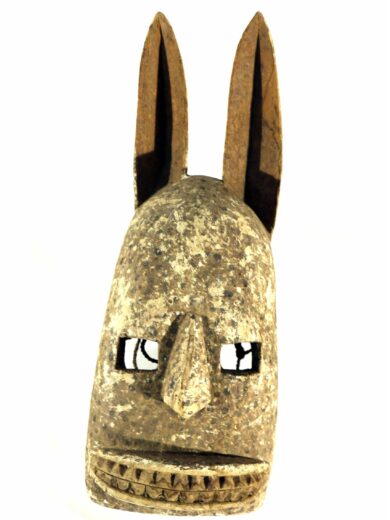


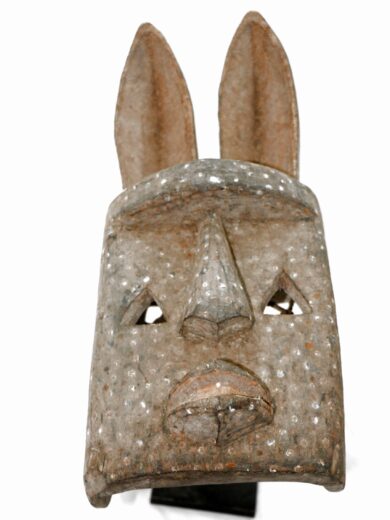


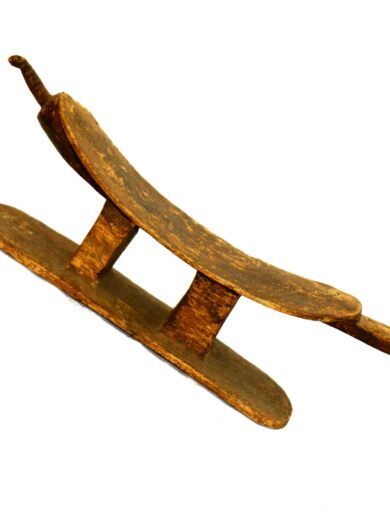
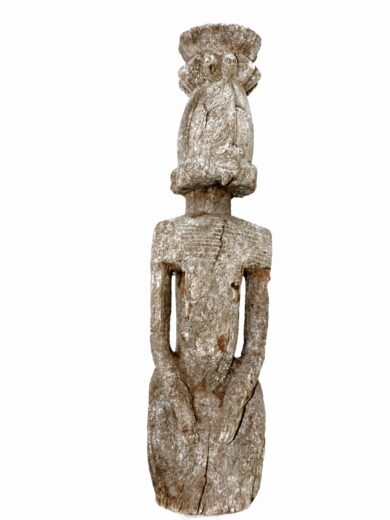
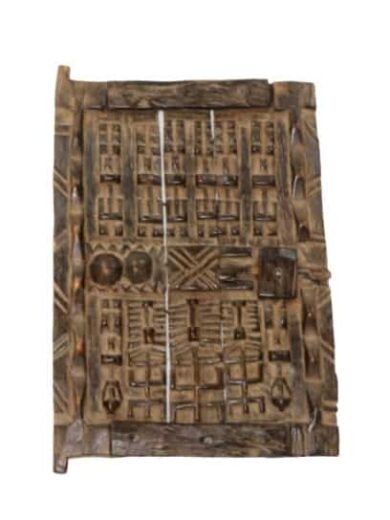


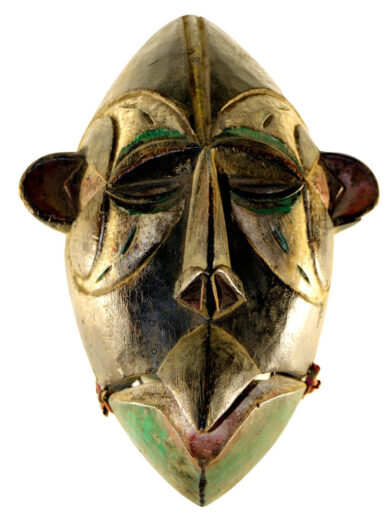
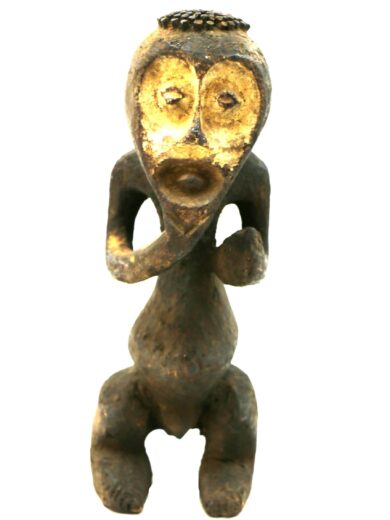

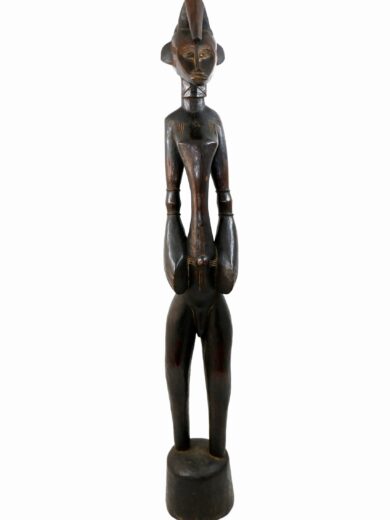
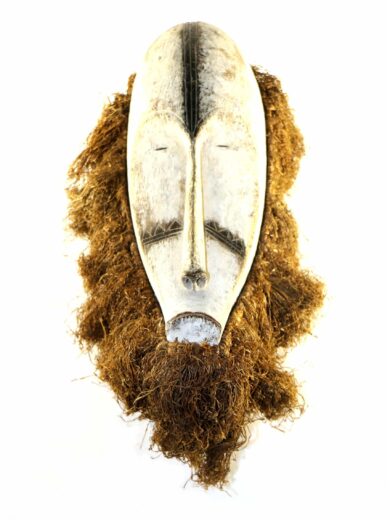
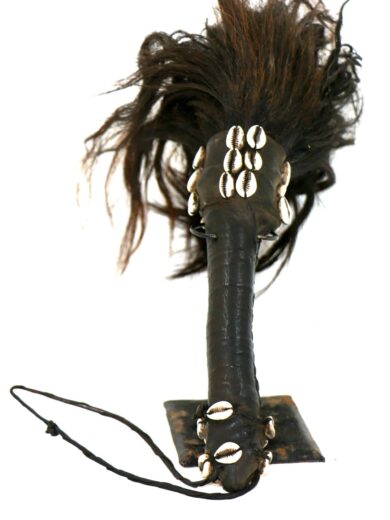
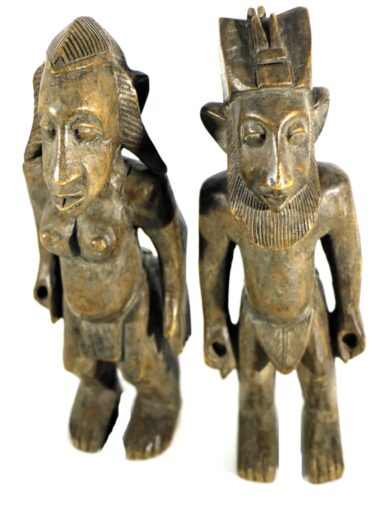
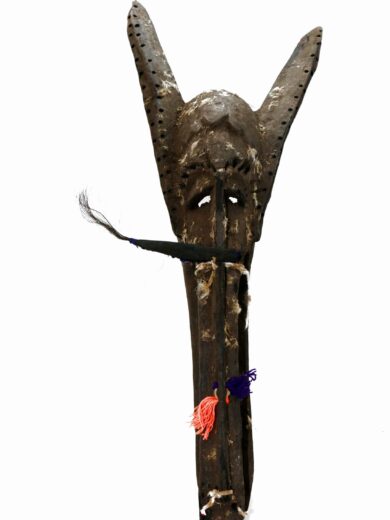
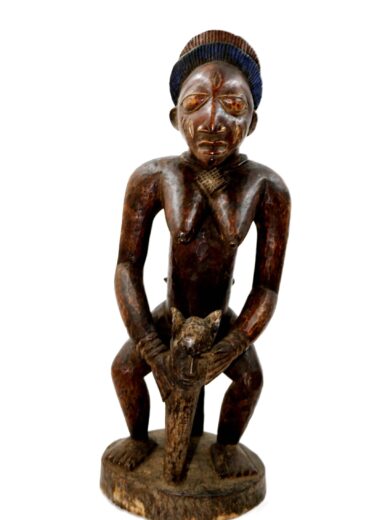
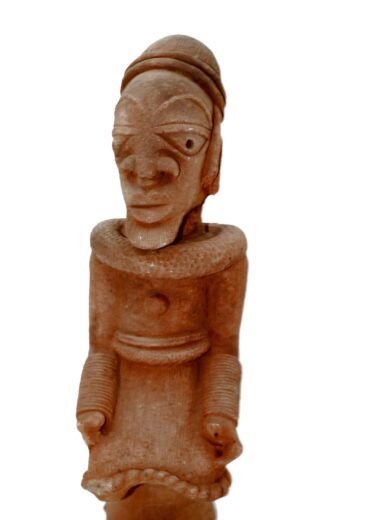
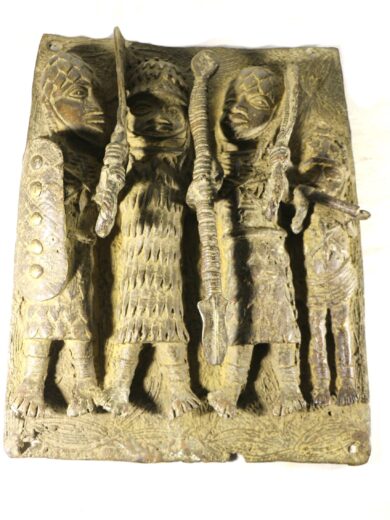
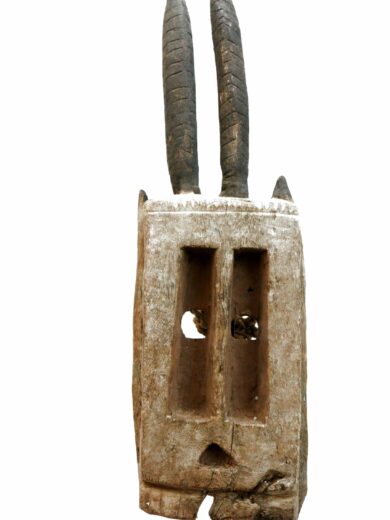


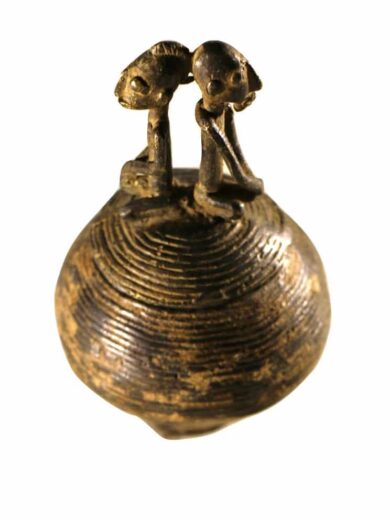

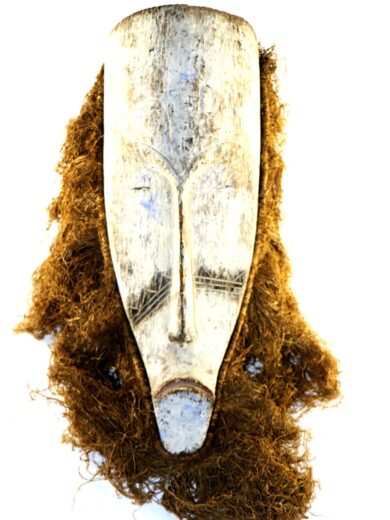


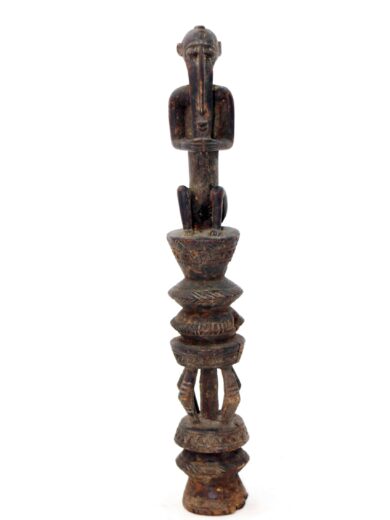
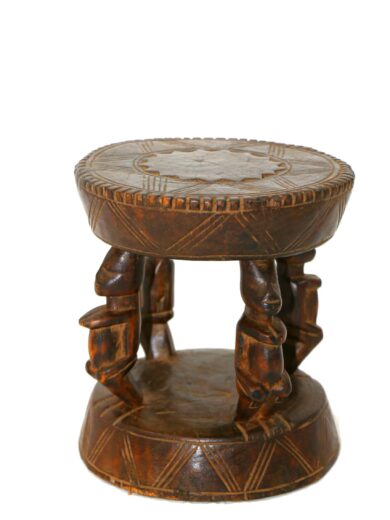

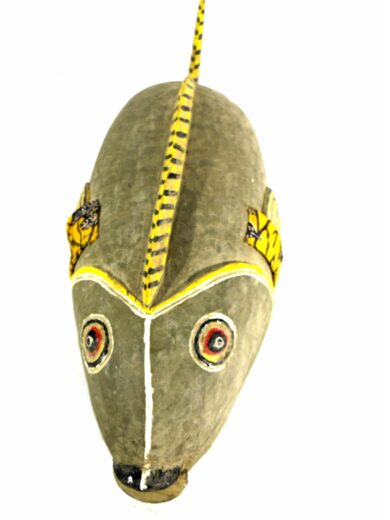
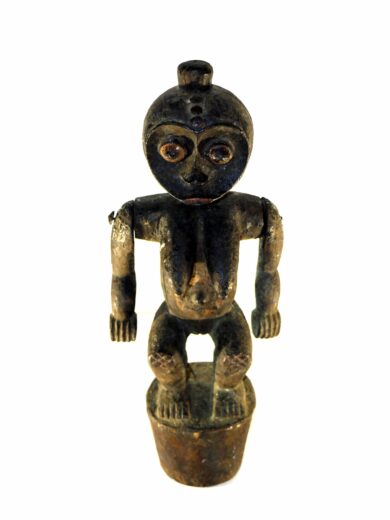

Reviews
There are no reviews yet.